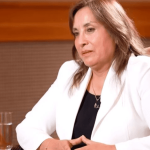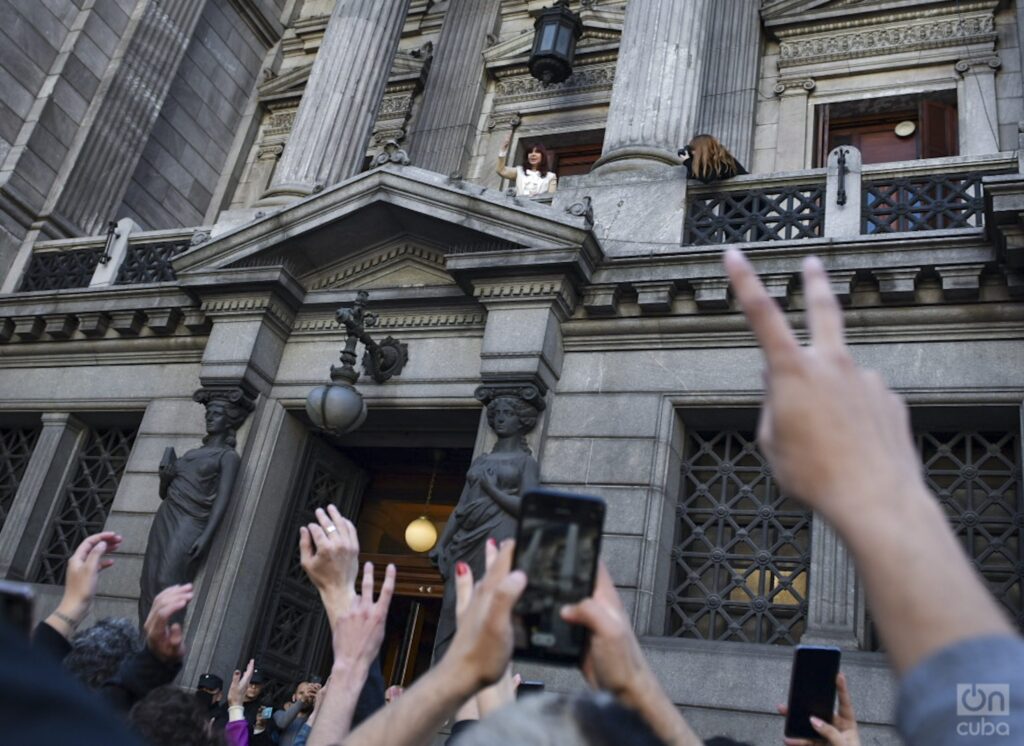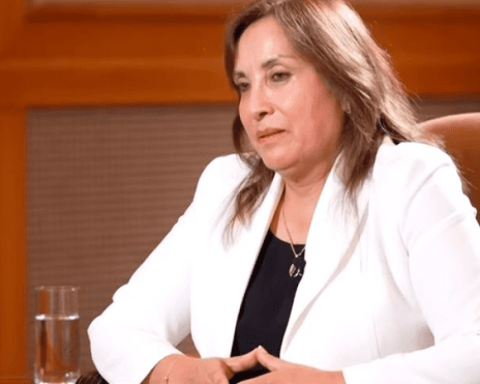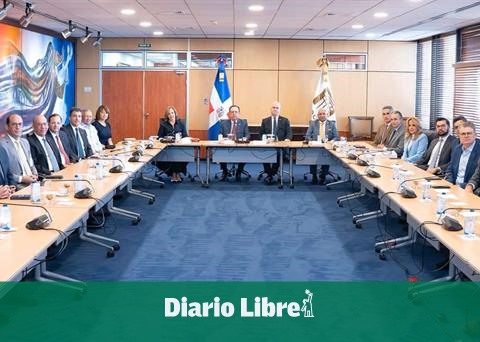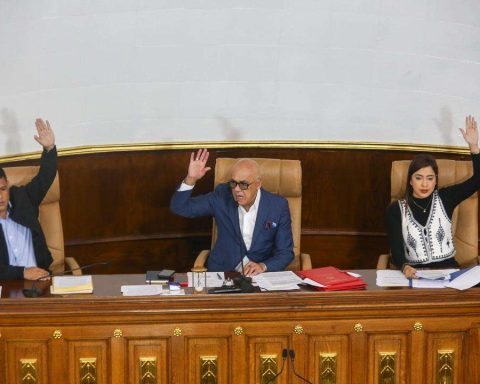C
questioned like no other of his predecessors, Carlos Salinas de Gortari promoted what he considered the modernization of the country. In his spirit, the controversial results of the 1988 elections and the conviction of integrating the country into the process of economic globalization were combined, for which he promoted regulatory changes that would increase both his legitimacy (eroded by the system failure
electoral) as the incorporation of new actors to the project of transforming the national economy.
In his inaugural speech, Salinas stated: The modern State is one that maintains transparency and modernizes its relationship with the Church
. The singular assertion denoted that his interest was in the traditional religious institution with the greatest symbolic weight in the country: the Roman Catholic Church. In the cupola of this they received with approval the presidential words. The presidential announcement led religious minority leaders to initiate talks to participate in the public discussion and not allow the negotiation to be bilateral, that is, only the federal government/Catholic Church. Voices and groups convinced of strengthening the secularism of the Mexican State joined the demand not to privilege the majority ecclesiastical institution.
The mobilization to diversify the intended modernization of relations between the State and the Church
had to be modified to include minority religious confessions. The change was noticeable in the third Salinas Report (November 1, 1991), then he spoke of promote the new legal status of the Churches
. Six representatives of the Catholic hierarchy were invited to the event, but the surprise was that four evangelical leaders were also invited: two Baptists, a Presbyterian and a Methodist. It was no accident that the Protestants were assigned seats very close to those occupied by Girolamo Prigione, Ernesto Corripio Ahumada and the other hierarchs of the Episcopate. Due to lack of tables, the evangelical representatives did not know how to take advantage of the occasion. At the end of the Salinas report, the reporters besieged the Catholic characters, while the four evangelicals went unnoticed and did not know how to take advantage of the presence of the news media.
So, during what was the discussion of what would be the Law of Religious Associations and Public Worship (whose decree was signed by Salinas de Gortari on July 14, 1992), due to cultural inertia and ignorance of the existing religious plurality in the country, A large number of academics, politicians, journalists and other observers of social processes continued to reproduce judgments about the other churches
that stigmatized them for being contrary to what they called, without explaining it, Mexican idiosyncrasy.
There were few who, like the sociologist Rodolfo Casillas, made accurate statements regarding the dominant imaginary in the country’s ruling class: In Mexican society, in its governmental instances of academic reflection and Catholic worldview, there is knowledge about Protestant and non-Christian organizations that is characterized by being partial, disqualifying, incomplete, in many cases prejudiced, undifferentiated, generally ideologized.
. Consequently, he warned, “if this is the type of knowledge that reaches the common citizen, their religious and social intolerance should not be surprising, which not only remains on the little sign on the door or window of ‘this home is Catholic, it is not admits Protestant propaganda’, but even to view with suspicion Catholics themselves who deviate from orthodoxy in carrying out their commitment to faith in this life”.
An unintended effect of the Salinist project of modernizing State-Church(s) relations was to awaken non-Catholic religious societies, particularly evangelical and/or Protestant ones, from their self-isolation, whose leaders began to build a common platform. One of such platforms, in which representatives of the historical Protestant churches (which maintain some line of continuity with the reform of the 16th century and movements of the two subsequent centuries) and leaders of the plural Mexican Pentecostalism converged, was the National Forum of Christian Churches Evangelicals of Mexico, who fought, to begin with, for the semantic equality of the ecclesial communities in the projected new law. The Catholic hierarchs sought that only their institution be called Church and all the others with another term.
The Law on Religious Associations and Public Worship is perfectible, it could better account for the plural, and in a constant process of pluralization, the national religious field. All in all, it seems to me that the principle of secularism of the State must be preserved because, as I have written before, it is good for the State, but it is better for the churches.




